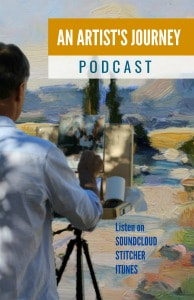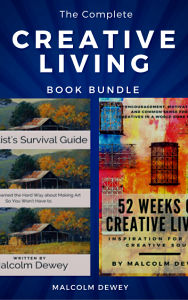|
Loose painting. What is this all about? Is it abstract or is it careless painting? Kind of sloppy? Well none of these actually. Ask any artist painting in a loose style and they will have a different definition of their work. This is a good thing in my book. It means each artist develops their own style and there is room to express yourself as an individual. It is also a question I get most often from beginners. That is: “My paintings look so tight. How can I loosen up my painting“
If you are one of those artists trying to break the tight, overworked painting style then read on. Plus enjoy a free thirty minute video demonstration of a painting completed using this approach.
What you will Learn?
Okay let’s get started. What are the Essential Elements of Loose Painting? A loose painting more often contains
This is a general list of course and not every element will be found in every painting. But for the most part you need to keep these elements in mind. Is it Impressionism? You can say that loose painting styles lean towards what the Impressionists started. But impressionism in an academic sense has moved on. Perhaps the closest link is that we still seek to have nature be our guide. We still want to describe the effect of light on our subject. Atmosphere and a degree of spontaneity is still important. Plus those juicy brush marks laden with paint. How you go about this is for you to decide, but here are some tips. What to Look for in Your Subject. Composition remains a critical skill to develop. But beyond that I am looking for strong shapes and sympathetic light. By this I mean definite and clear shapes. Tree lines, shadows, meadows, hills, mountains, buildings and so forth. Not little details and nondescript objects that detract from the main point of a scene. You know, things like twigs, leaves, grass and so on. Sympathetic light means light that helps to describe the shapes in a pleasing way. Usually early morning or late afternoon light hitting the scene at an angle. Useful and colorful shadows are created too. The light is typically warm and shows colors to best effect. Midday light, as any photographer will tell you, is harsh and blows out the color. Attitude is Altitude Yes even in painting your mental state is important. You need to enjoy the process and work with a positive spirit. Lighten up and stop having unrealistic expectations. Sadly many beginners behave just the opposite. Beating themselves up for not “being perfect”. Stressing about what others will think, wasting time and money and many other conditioned forms of thinking. If you recognise these or similar blocks try and resolve them. If you are relaxed, adventurous and have a positive disposition then grab your paints and pass the Pimm’s please. We are going to have fun creating. Quick Note: Loose painting is often called Painterly painting. The terms mean the same thing.
What Tools and Paints to Use
A general rule is to use the best materials you are comfortable purchasing. You do not want to stress because of excessive spending. You also do not want to resent your materials. Struggling with poor quality equipment or paint will frustrate you. The good news is that I suggest starting with the essential paint colors, brushes and other equipment that make the most difference. Add more as you go. Pretty soon, if you persist with painting, you will have a spiffy studio. But for starters get your hands on these paint colors:
That about covers it for oils, acrylics and watercolors. If you cannot find alizarin try Madder or Magenta. Basically warm and cool versions of the primary colors. A few earth colors and white. What about green and orange? They are easy to mix. An important skill to work on right away. Black paint? You will mix more realistic and rich “black” color with this palette. The possibilities with this palette are endless, but with time you can add more if you prefer. Brushes: Long flats and filberts do most of the work. You will want about three larger brushes. Sizes six, eight and ten will do nicely. You can paint a large variety of shapes this way without resorting to fiddly little shapes. In this way you avoid getting tight paintings. (See more on artist's paint brushes here) For the rest you can work out what easel you need and other oddments like mediums, pencils, sketchbooks and so on. A large palette to give you lots of space to mix color is a must though. Why You Need to Use More Paint Loose painting suggests a freedom of brushwork. This is visible to the viewer’s eye. It is what makes collectors want to look closer and tempts them to touch your painting. While the brush itself does play a part in this effect it is also the paint. Buttery paint applied generously will leave distinctive textures. The last thing you want to do is blend these marks away. Put the paint on and lift the brush off. Resist the temptation to smooth it out. Such a waste if you lose that juicy texture. It is true that this approach takes time to develop. You do need to practice laying the paint on top of wet layers below without smooshing it all into mud. Like an elf running over snow. Will you not waste paint this way if you are learning your craft? I encourage beginners to work on smaller paintings. Anything from twenty to forty centimetres will be small enough to use more paint confidently. Large canvases are tempting, but often lead to rambling details and fiddling to fill all that space. Focus on impactful painting by making big, juicy shapes on a smaller canvas. Brushwork is Key A quick word about brushwork. This is a manual skill that develops over time. Muscle memory plays a big part. There is no substitute for practice, but if you factor this skill into your painting sessions you will see the difference. So look at your brush as not simply a tool to keep paint off your fingers. Rather see the brush as part of your creative process. It translates your mental ideas into physical shape. Very important. Try to visualise the brush mark you want. Then apply it with the brush. Then lift off and resist the urge to blend it all away. It is like putting down jigsaw puzzle pieces. When you watch the video below try to look at the brush marks to get an idea of the method. Your style will differ, but in principle you will also be making your own marks. Demonstration Painting In the demonstration below I painted the landscape alla prima in my studio. It took about forty minutes, but that is not important. What is important is that you try to plan it out in sketch form first. A notan study is great. Then once you have the vision in mind you need to work quicker and with purpose. Nothing leads to tight paintings quite like procrastinating over days or weeks. Often this is fear of imperfection. Lose that thought and simply go for it. I hope that you enjoy this demonstration and that it inspires you to paint bolder and loose in the future. If you want to learn more about these many steps then have a look at my course How to Loosen Up Your Painting. All the training is in there. All the tips, lessons and Demonstrations:
Enjoy discovering how you can also free up your painting style with my course How to Loosen Up Your Painting. Learn in your own time. You get permanent access to all the lessons. Find out more.
For your Pinterest Boards |
AuthorMalcolm Dewey: Artist. Country: South Africa Archives
June 2024
Categories
All
FREE
|
|

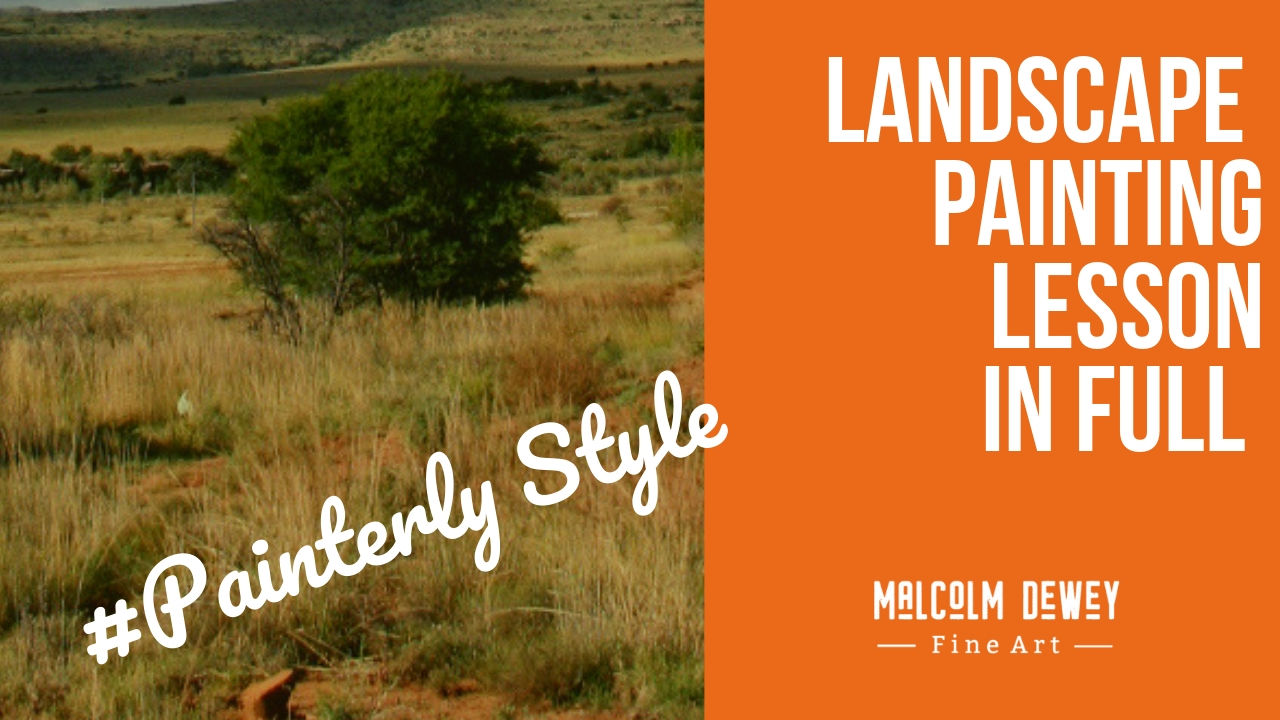
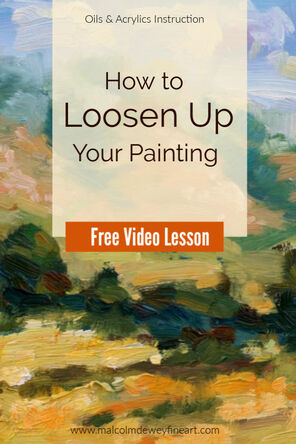
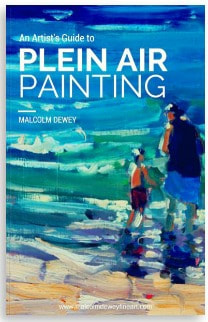
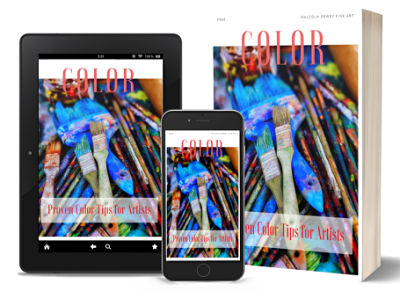
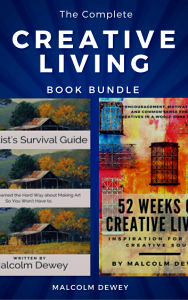
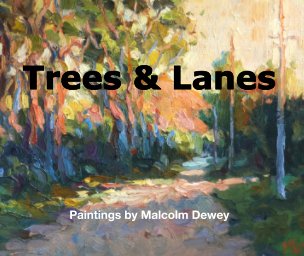



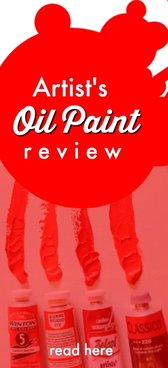
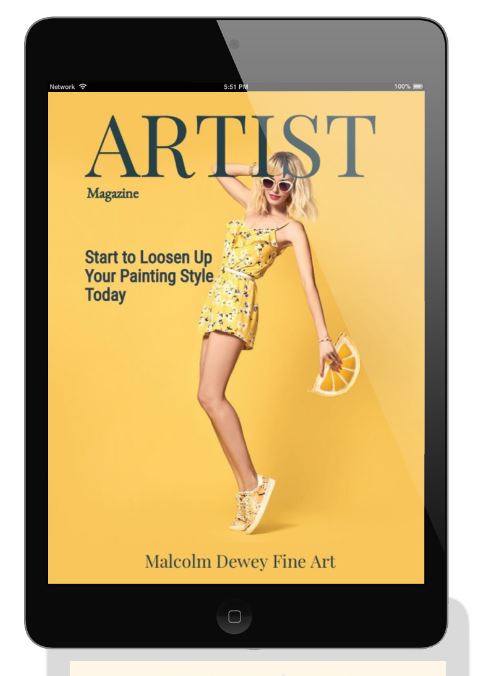
 RSS Feed
RSS Feed
